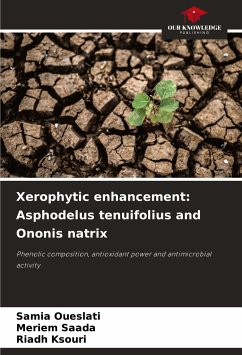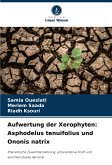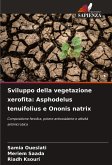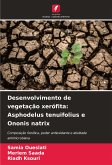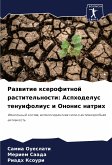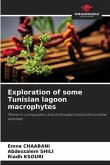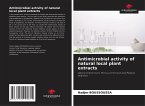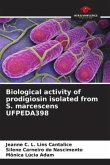Xerophyte species are currently coveted for their wealth of secondary metabolites with interesting biological activities. The aim of this work was to explore the phenolic compound contents and investigate some biological activities (antioxidant and antimicrobial) of two xerophytes Asphodelus tenuifolius and Ononis natrix. The main results showed a significant difference in phenolic compound content and biological activity depending on the polarity of the solvents used and the species in question. Indeed, the apolar fraction of Ononis natrix is characterized by its richness in phenolic compounds (total polyphenols and flavonoids) concomitant with high antioxidant activity. What's more, the apolar fractions of both species have the best antimicrobial capacities. These results demonstrate the importance of species and extraction solvent in determining biological potential. This study also highlights the value of xerophytes as a source of bioactive molecules.
Bitte wählen Sie Ihr Anliegen aus.
Rechnungen
Retourenschein anfordern
Bestellstatus
Storno

